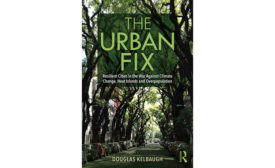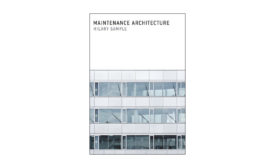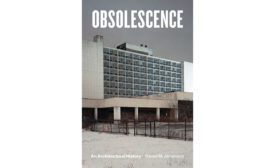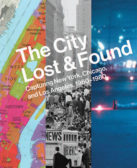Articles by Aleksandr Bierig
Review of 'Critical Care: Architecture and Urbanism for a Broken Planet'
Edited by Angelika Fitz and Elke Krasny
Read More
Copyright ©2024. All Rights Reserved BNP Media.
Design, CMS, Hosting & Web Development :: ePublishing







